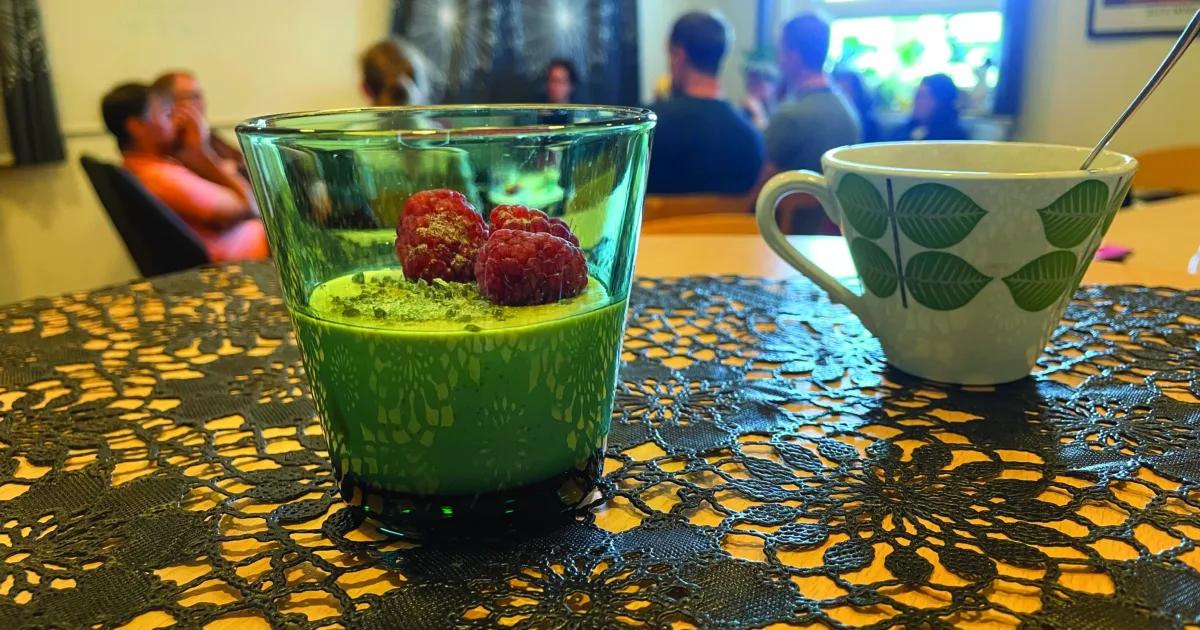It is valuable and time-saving to understand the mechanism of action of something that works well before attempting to produce the next generation, for the next generation. We call this “fast forward by looking back”
What does it mean to understand why and not only how something works? Let’s turn to cakes. When we bake a cake, we mix ingredients together and let them interact, even often at elevated temperatures and during shear (for non-scientists: whipping, stirring or spreading induce shear). When we enjoy the cake, we no longer distinguish all separate ingredients, and it is far from trivial to point out the critical characteristics of the molecules leading to the delight. Was it perhaps the airiness of the sponge cake and if so, what mechanism kept that structure intact? Was it the creamy mouth feel of the cheesecake and if so, was it the lack of fat particles over one micrometer in the spread or the elasticity constant of its matrix? What determined the particle size and what was critical to build such optimized elastic structure?
Today, many products that we appreciate need to be re-formulated. Ingredients that are not sustainable need to be replaced, with resuling performance at least as good. This goes beyond exchanging an egg with a more sustainable egg.
To look for the better alternative, it is critical to understand what it is with the molecule in its context that makes it foam, keep moist or melt perfectly. Looking back at what is already done is not what most want to invest in, but those who do are smart.
This is a cake dedicated to them and knowing better.


